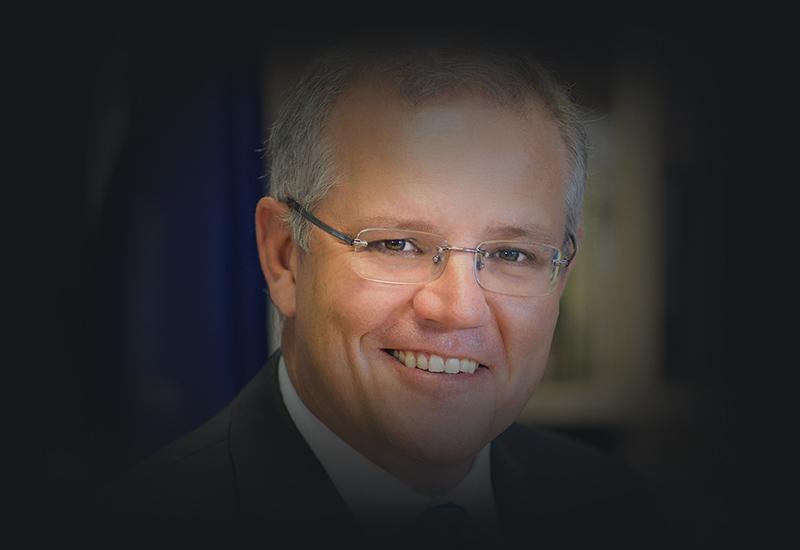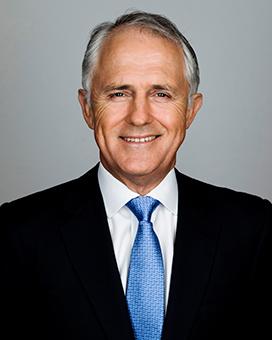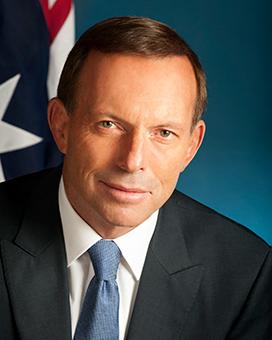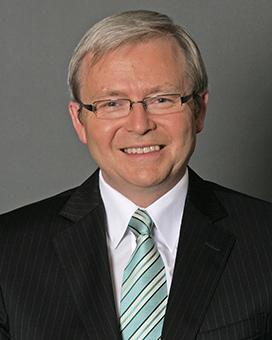24 November 2007
The Coalition government, led by Liberal Party leader and Prime Minister John Howard and Nationals leader and Deputy Prime Minister Mark Vaile, lost office when the Australian Labor Party Opposition, led by Kevin Rudd and deputy leader Julia Gillard, won by a landslide 83 seats in the House of Representatives. The Liberals won 55 seats, the Nationals 10, and there were 2 seats retained by Independents.
Standing for election for the first time, Morrison was elected to the House of Representatives as the federal member for Cook, New South Wales, after the retirement of Bruce Baird who had held the seat for the Liberals since 1998.
In the Senate, Labor and the Coalition won 18 seats each, the Greens won 3, and 1 seat was won by Independent candidate Nick Xenophon.
21 August 2010
The Australian Labor Party led by Prime Minister Julia Gillard won a second term against the Opposition Liberal Party of Australia led by Tony Abbott and Coalition partner the National Party of Australia, led by Warren Truss.
Initially, the election resulted in Australia's first hung parliament since the 1940 federal election, after Labor and the Coalition each won 72 seats in the 150-seat House of Representatives, 4 short of the requirement for majority government. One of these seats was held by Morrison, who was re-elected for Cook and appointed to the Opposition frontbench. Labor ultimately formed a minority government with the support of the Greens' Adam Bandt and Independents Andrew Wilkie, Rob Oakeshott and Tony Windsor.
In the Senate, the Coalition was reduced from 37 seats to 34 and Labor was reduced from 32 seats to 31. The Greens gained the sole balance of power with nine seats, and Independent Nick Xenophon and the Democratic Labor Party's John Madigan each held 1 seat.
7 September 2013
The Liberal-National Coalition Opposition led by Tony Abbott of the Liberal Party of Australia and Warren Truss of the National Party of Australia defeated the Australian Labor Party government of Prime Minister Kevin Rudd.
The Coalition won 90 seats in the House of Representatives, Labor 55, and the Australian Greens 1 seat. The Palmer United Party gained 1 seat, as did Katter's Australian Party and 2 Independents, Andrew Wilkie and Cathy McGowan.
In the Senate, the Coalition won 33 seats, with the Labor Opposition on 25 seats and the Greens on 10. Palmer United won 3 seats, with other minor party senators and Independents David Leyonhjelm, Bob Day and Ricky Muir on the crossbench.
After the Coalition's victory, Morrison, who retained his seat, was appointed to the first of his 3 senior Cabinet portfolios – as Minister for Immigration and Border Protection in the Abbott government. In a December 2014 Cabinet reshuffle, Morrison became Minister for Social Services. He was promoted to Treasurer in September 2015, when Malcolm Turnbull replaced Tony Abbott as prime minister.
2 July 2016
In the first double dissolution election since 1987, the Liberal-National Coalition government led by Prime Minister Malcolm Turnbull, with the National Party of Australia led by Barnaby Joyce, defeated the Australian Labor Party Opposition led by Bill Shorten.
The Coalition won 76 seats in the House of Representatives and Labor 69. On the crossbench, the Greens, the Nick Xenophon Team, Katter's Australian Party, and Independents Andrew Wilkie and Cathy McGowan won a seat each.
In the Senate, the Coalition won 30 seats, Labor 26 and the Greens nine. Of the other crossbenchers, One Nation won 4 seats, the Nick Xenophon Team 3 seats and Justice Party founder Derryn Hinch 1 seat.





